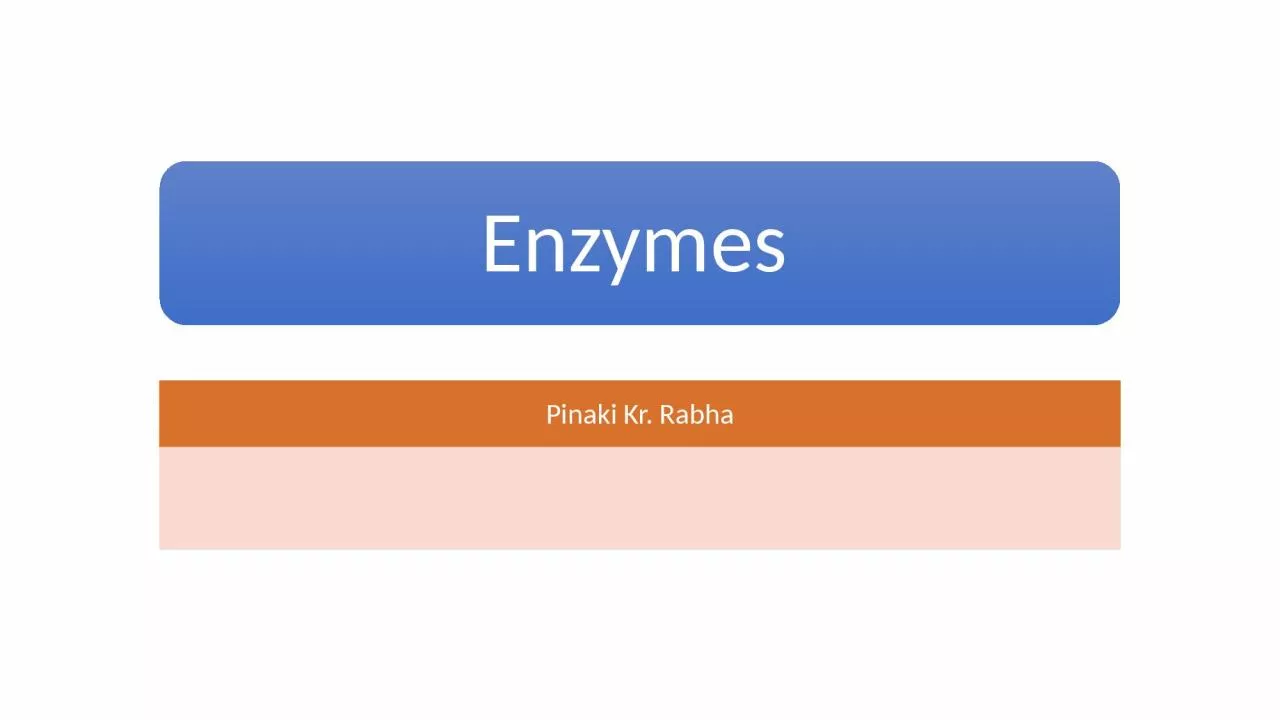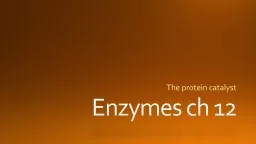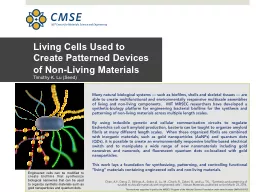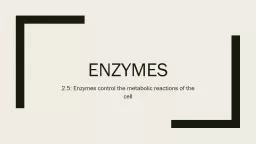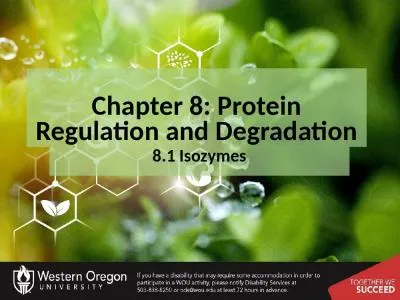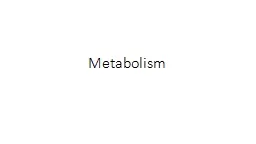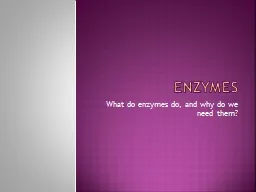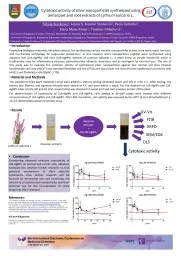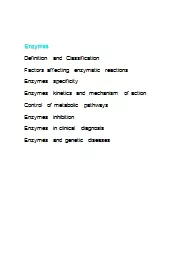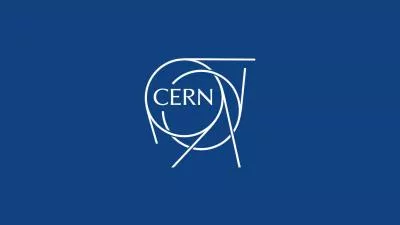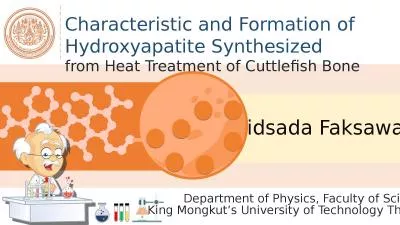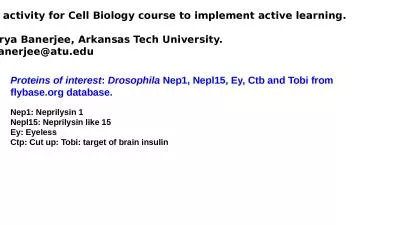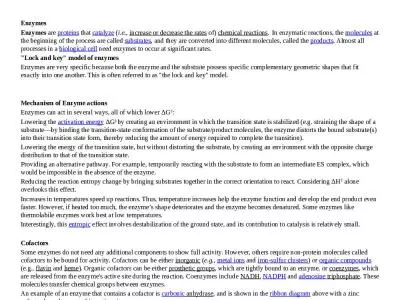PPT-Definition: Enzymes may be define as biocatalysts synthesized by living cells. They are
Author : mackenzie | Published Date : 2022-06-11
Enzymatic action Classification of enzymes Enzyme class Reaction type Description EC 1 Oxidoreductases Catalyze oxidation reduction reaction eg oxidases dehydrogenases
Presentation Embed Code
Download Presentation
Download Presentation The PPT/PDF document "Definition: Enzymes may be define as bi..." is the property of its rightful owner. Permission is granted to download and print the materials on this website for personal, non-commercial use only, and to display it on your personal computer provided you do not modify the materials and that you retain all copyright notices contained in the materials. By downloading content from our website, you accept the terms of this agreement.
Definition: Enzymes may be define as biocatalysts synthesized by living cells. They are: Transcript
Download Rules Of Document
"Definition: Enzymes may be define as biocatalysts synthesized by living cells. They are"The content belongs to its owner. You may download and print it for personal use, without modification, and keep all copyright notices. By downloading, you agree to these terms.
Related Documents

